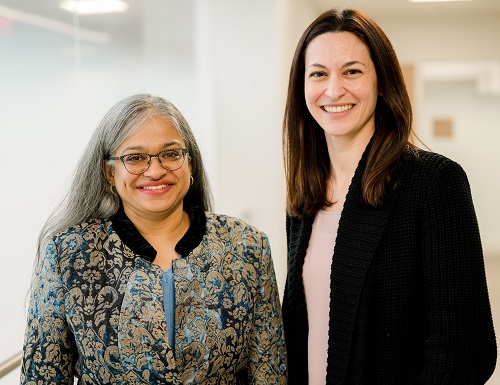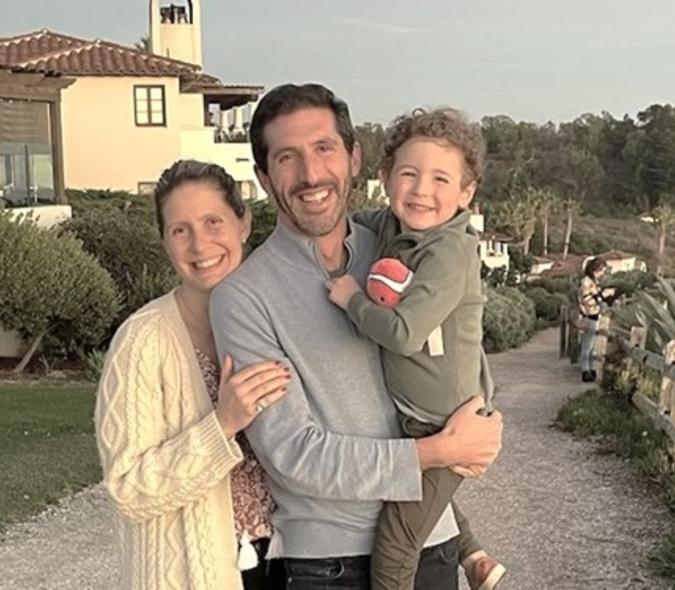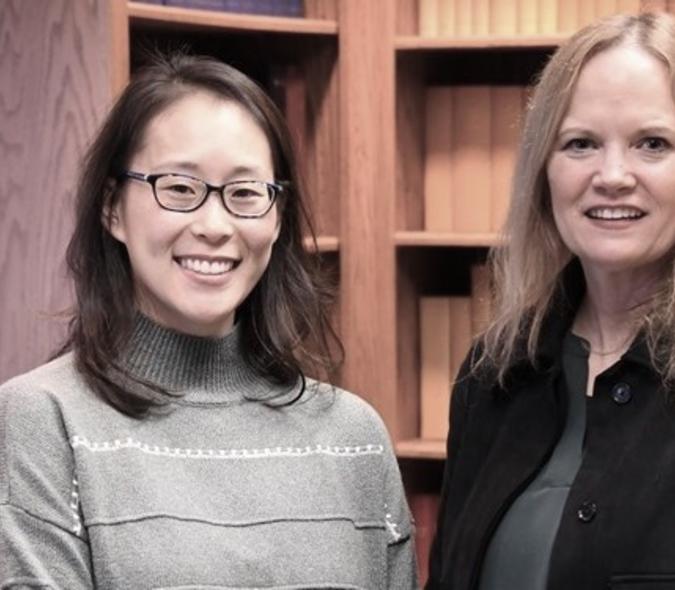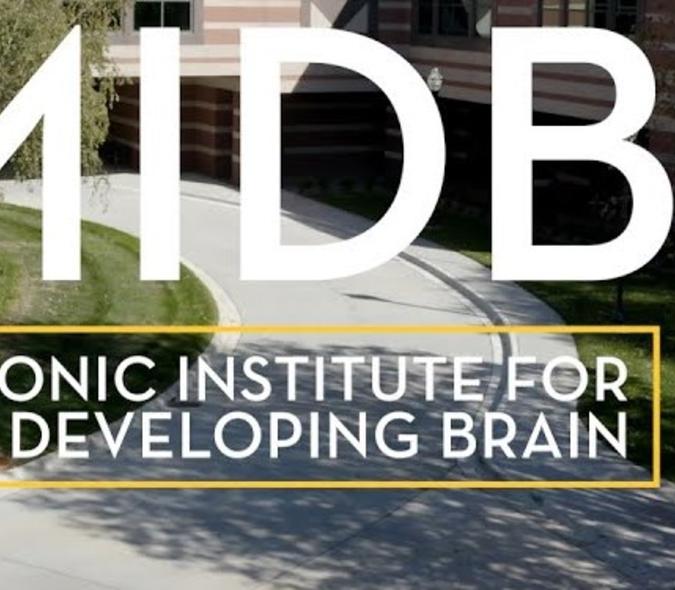
NIH grant supporting U of M research that could result in a quantifiable way to diagnose Tourette syndrome
Tourette syndrome is a condition of the nervous system characterized by what’s known as “tics” – sudden twitches, movements, or sounds that people repeat uncontrollably. There is currently no objective, reliable way to diagnose Tourette syndrome, which is something that Department of Psychiatry and Behavioral Sciences Associate Professor Christine Conelea, PhD, wants to help change.
She and her research team are using a five-year National Institutes of Health R01 Grant titled, “Quantification of Tics in Tourette’s Syndrome,” to develop video-based tools that measure tics. “We’re building off the idea that in most neuropsychiatric conditions, we don’t have good ways to objectively measure symptoms and their severity,” said Conelea. “We rely on patient interviews and on patient-completed questionnaires that may not best capture how severe symptoms are, especially with movement disorders where people are not always fully aware of all their symptoms.”
1,000 participants
For their web-based study, Conelea and her team will recruit 1,000 participants from around the world. “We will get online questionnaire data and ask enrollees or their caregivers to submit videos of themselves when they’re having tics,” she explained. “We will then use methods we’ve developed to code or quantify tics captured on the videos.” Specialized software will help Conelea and her team mark what tics are happening and when. They will eventually use all that data to train a computer algorithm to automatically detect tics from video.
Conelea has found that much of prior Tourette syndrome research is based on people who come to specialty clinics for treatment. “That tends to underrepresent women, those who are gender-diverse, and people of color,” she said. “We want to get a better understanding of what Tourette syndrome looks like in a broader, more diverse sample.”
Well poised to make it happen
Since she was a graduate student, Conelea, who specializes in treating Tourette syndrome, has been using video measurement of tics. “We’ve applied the method in the lab for many years; however, because of the effort it takes to process the videos, we haven’t been able to bring it to the clinic,” she said. “We’re well poised now to make that happen, given the Internet, the ability of people to participate remotely, and new computational tools. We want to automate detection of the most common tics and hope that the tool can evolve to pick up on all tics and identify the differences between tics and other types of movements.”

Conelea is working with department colleague, Kelvin Lim, MD, on the data-heavy pieces of the project. Suma Jacob, MD, PhD, also of the Psychiatry and Behavioral Sciences Department, and Sonya Wang, MD, of Neurology, are part of the clinician team who will help the researchers understand the data they collect. (Pictured here, left to right: Suma Jacob and Christine Conelea)
Computational collaboration
Another key collaborator is Ju Sun, PhD, from Computer Science and Engineering, who focuses on using computers to measure aspects of medical images. “He will lead the critical computational work that automates the process of detecting motion in videos,” said Conelea. “Dr. Sun’s specialty is computer vision and its applications for healthcare.” He is a leader in the U of M Medical School’s Center for Learning Health System Sciences.
Using computer science tools brings its own challenges. “We’re very mindful of trying to figure out how computer algorithms can be beneficial to a patient’s healthcare experience and thinking of it as a way to aid in clinical decisions,” said Conelea. “We understand that we need to be careful about how we collect and interpret our data to produce more effective algorithms. The technology is also moving so fast…we’re trying to do something at the same speed that the science is moving.”
Patient advisory board
Conelea and her team are working with a patient advisory board to get their input about making the project more responsive to the Tourette syndrome community. “I firmly believe in the principle, ‘nothing about us without us,’” she said.
The study has kicked off and the team is currently focusing on refining their web platform. By January 2024, they hope to open up the platform to participants aged four years and up. “We designed the project to have as few barriers as possible,” said Conelea. “When it’s up and running, participants and their families will be able to do everything online, using computer or phone cameras to create their videos. The process shouldn’t take more than 30 minutes to complete.” The team is also working with their patient advisory board as they consider features that will make it easier for everyone to participate.
Learning from broader population
Being able to work with a broader population is the most exciting aspect of this project, according to Conelea. “We want to capture the range of experiences that people have with this condition,” she said. “Hopefully, we’ll get to a place at which we can use quantifiable tools to create what amounts to a lab test that helps us better identify those who have tics as early as possible and to more confidently measure how tics change as people go through treatment.”
Because the team will be learning about the diversity of Tourette syndrome, it may inspire new ways of providing support for people who have it. “We want to be able to better adapt and tailor interventions for particular groups of people with the condition,” said Conelea.
Could be extended to other conditions
She believes that the process they’re using can be extended to visually detect the presence of other neurodevelopmental disorders. “Picking up on movement abnormalities may be a clue to a clinical condition,” said Conelea. “For example, we know that people who end up having psychosis have subtle movement differences as children.”



